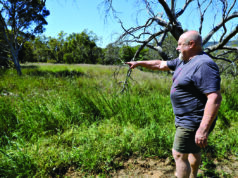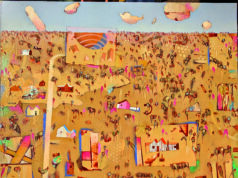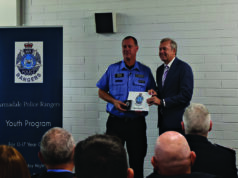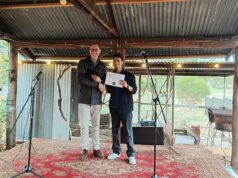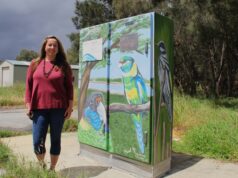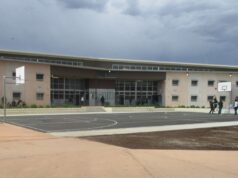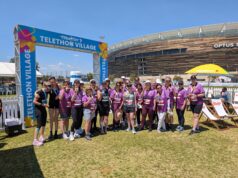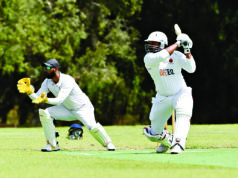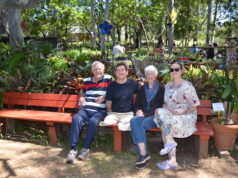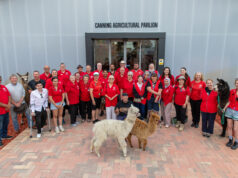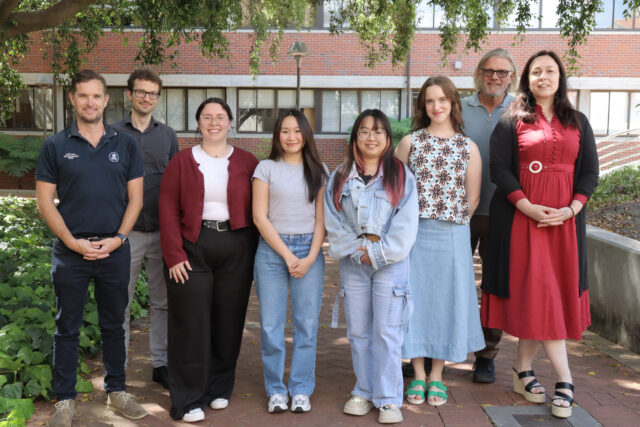
Curtin University students are bringing bold new ideas to the future of nature-based tourism in Western Australia, with fresh concepts that focus on culture, accessibility and low-impact design.
In a collaboration with the Department of Biodiversity, Conservation and Attractions, six student teams were challenged to imagine new accommodation for a forested site within a protected conservation area.
Professor of Tourism, Michael Volgger, said the partnership created a genuine win-win.
“For DBCA, it is an opportunity to gain fresh ideas and original concepts from the next generation of tourism professionals,” he said. “For our students, it is an invaluable chance to apply their learning to a real-world challenge.”
Each team pitched their ideas twice, first to their peers and then to senior DBCA staff. The final concepts have been shared with the department for future reflection and discussion.
Professor Volgger said the experience builds strong industry skills.
“It is a unique opportunity for students to validate their academic knowledge and skills on a relevant real-world brief,” he said.
“This practical, assessed experience rounds off the student learning journey and prepares them to be job-ready professionals for WA’s tourism industry.”
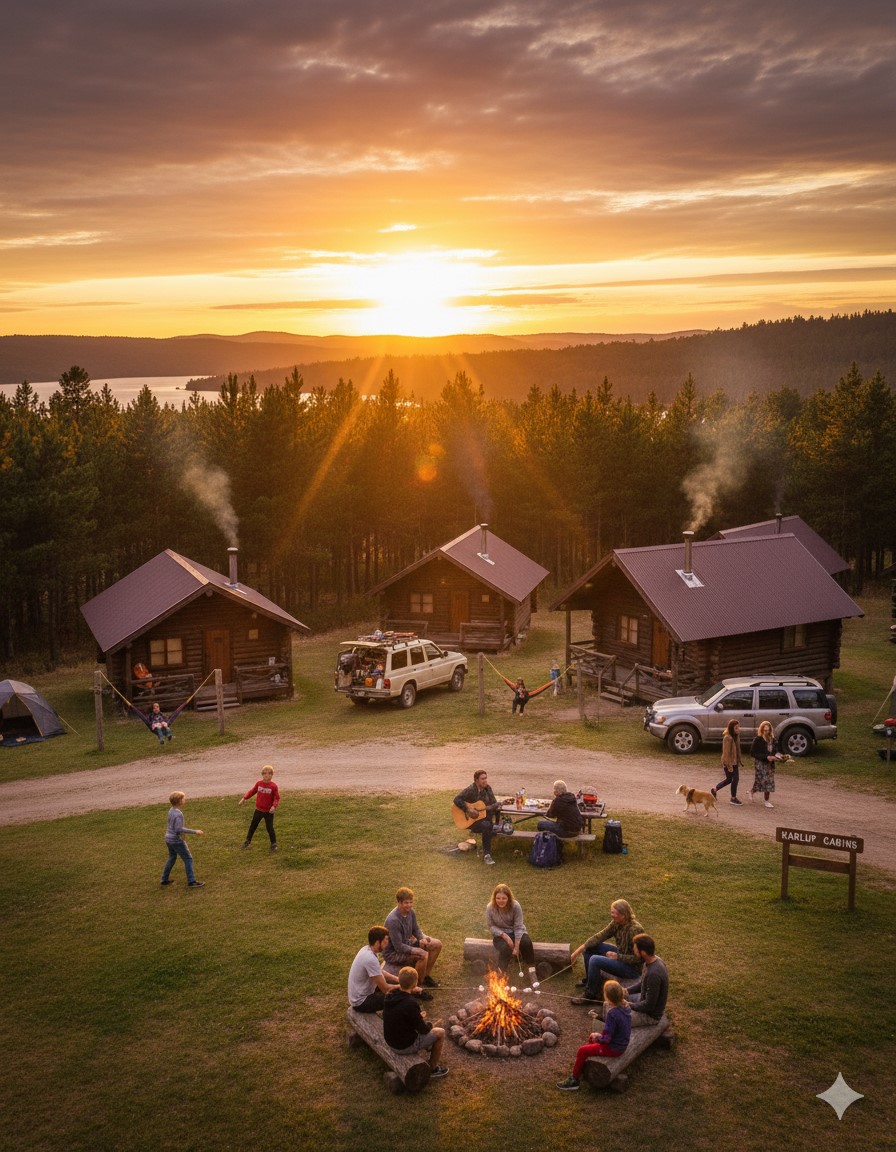
The winning team, Karlup Cabins, focused on helping guests feel safe and confident exploring WA’s forests. Team member Lauren Humphryson said their group combined domestic and international student perspectives.
“We soon realised there were common perceived safety and accessibility risks exploring Australian bush,” she said. “Karlup Cabins was prepared in response to these pain points, aiming to create an immersive yet seamless introduction to the Western Australian forests.”
Balancing design ambition with environmental sensitivity was a key challenge.

“Our biggest challenge was balancing an innovative, spacious design without sacrificing any of the nature of the space,” Lauren said. “We believed this is something we accomplished.”
Lauren said the range of ideas among students showed the strength of WA’s tourism future.
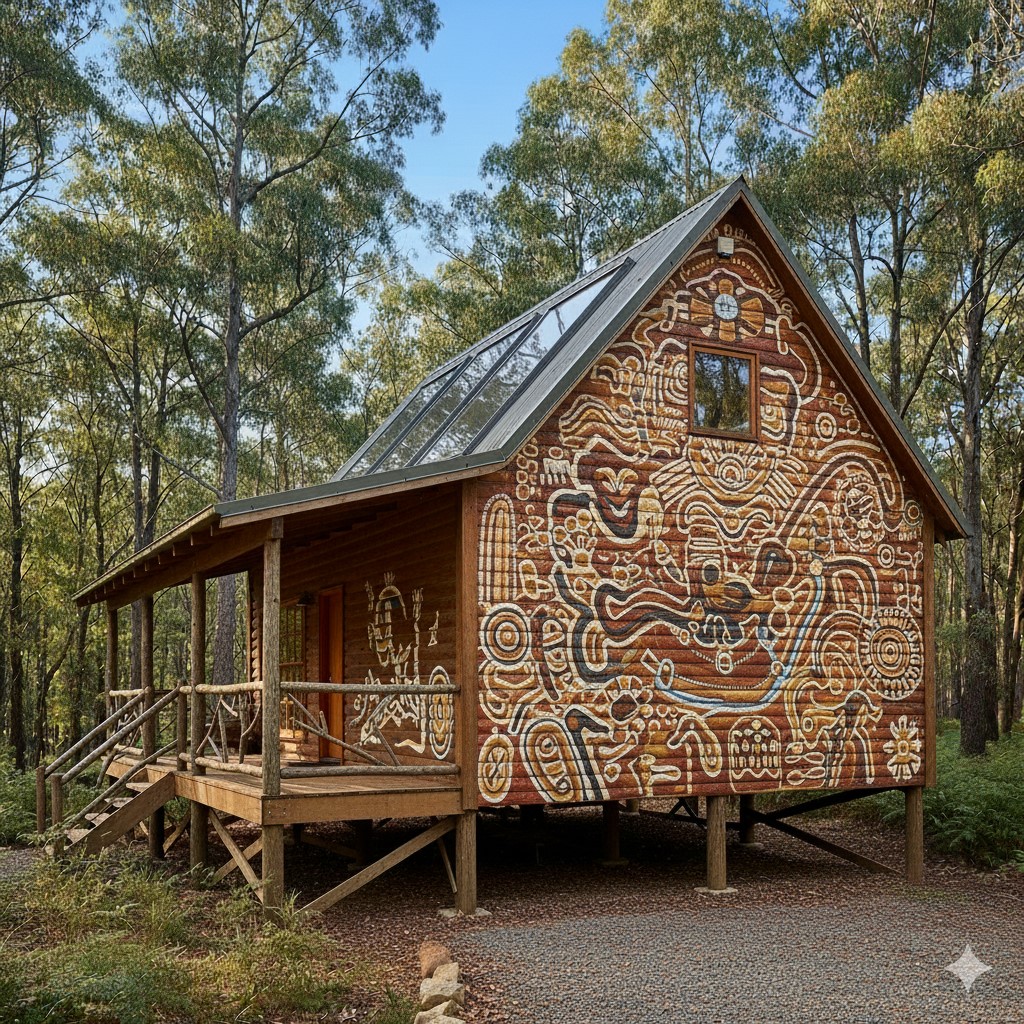
“There’s room for innovation and creativity, beyond what we think of nature-based tourism,” she said.
DBCA Executive Director for Nature-based Tourism, Sveva Falletto, said the agency valued the fresh thinking students brought.
“Student-driven ideas bring fresh perspectives and imaginative thinking to the table,” she said. “These ideas help spark internal conversations and may inform early-stage thinking or inspire future planning frameworks.”
She said cultural immersion and sustainability emerged as strong themes.
“All concepts demonstrated a deep respect for place and a desire to create meaningful, low-impact experiences that connect people with nature,” she said.
The project has shown how the imagination of emerging tourism professionals can help guide bigger conversations about how people experience WA’s natural wonders.


